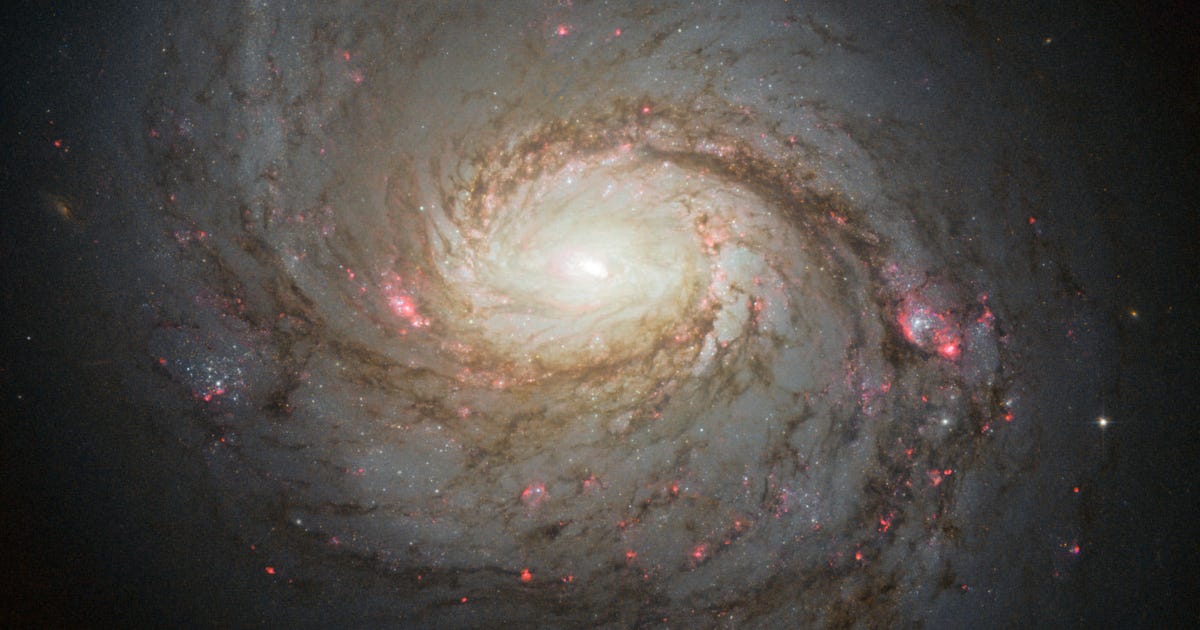If you’re about to experience an Algol eclipse, here’s what you should do. First, equip yourself with a clipboard, pencil, red-filter flashlight, and a watch or smartphone to keep track of time. The clipboard should contain a blank sheet of paper and a copy of the Algol Terrain Chart to the left. Then use the attached chart to select a date and time for an upcoming eclipse. From start to finish, each eclipse lasts approximately 10 hours. Fortunately, Algol is almost at its maximum brightness in the first and last hours of the eclipse. You’ll catch most of the action by starting your sightings three hours before mid-eclipse and continuing for another three hours after.
Get out about 10-15 minutes before this time to adjust your eyes to the dark and familiarize yourself with the location of Algol and the surrounding comparison stars. Their magnitudes are marked in green on the Algol field graph. When you’re ready, make an initial estimate of Algol’s magnitude. Simply find a nearby star whose luminosity is equal to that of Algol and write down the time and magnitude. Don’t worry about accuracy; the data you collect is for your eyes only. Your goal is simply to document the behavior of an eclipse variable. While most visual observers of Algol-like variables make their estimates every 10-15 minutes, you’ll get decent results checking every 20-30 minutes. After going inside, plot a graph of your data using time as the X axis and magnitude as the Y axis. When you connect these points, you will have created a light curve of the Algol eclipse. Pretty cool, huh?
If you only have time for a quick glance, estimate Algol’s magnitude a few hours before an expected low. Then, when it is close to its maximum brightness, repeat at the time of mid-eclipse. You will be amazed at the difference!
If your experience with Algol piques your interest in variable stars, I encourage you to learn more about this rewarding activity. Your best source is the AAVSO website (www.aavso.org), where you’ll find a handy guide for beginners and a list of easy-to-watch variables.
Questions, comments or suggestions? Email me at [email protected]. Next month: A final bow. Clear sky!
 Universo Viviente
Universo Viviente



